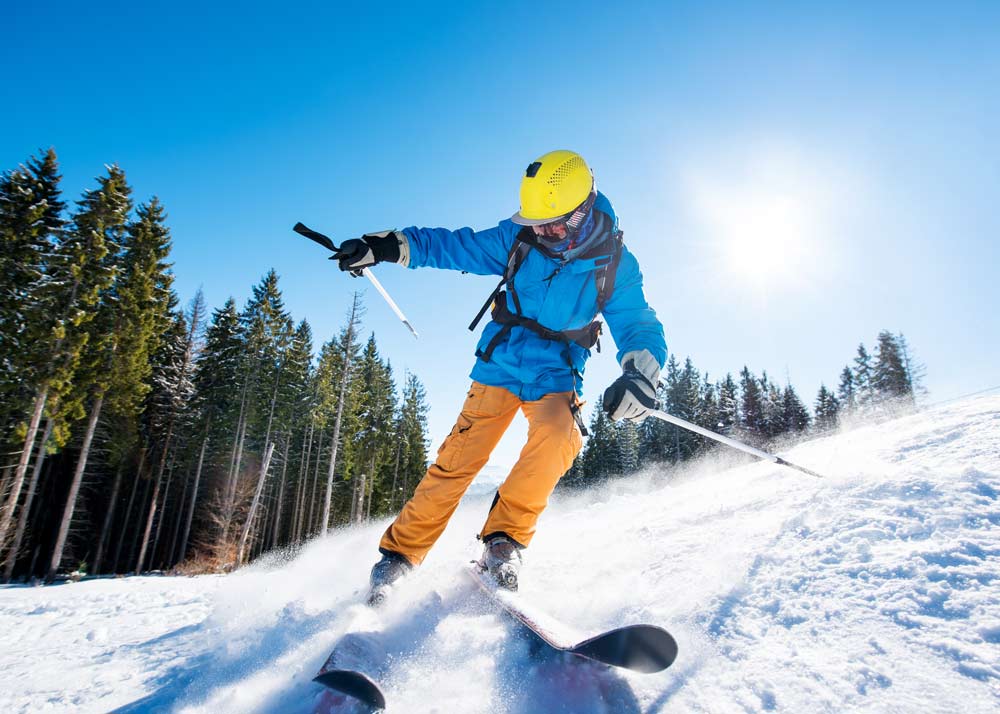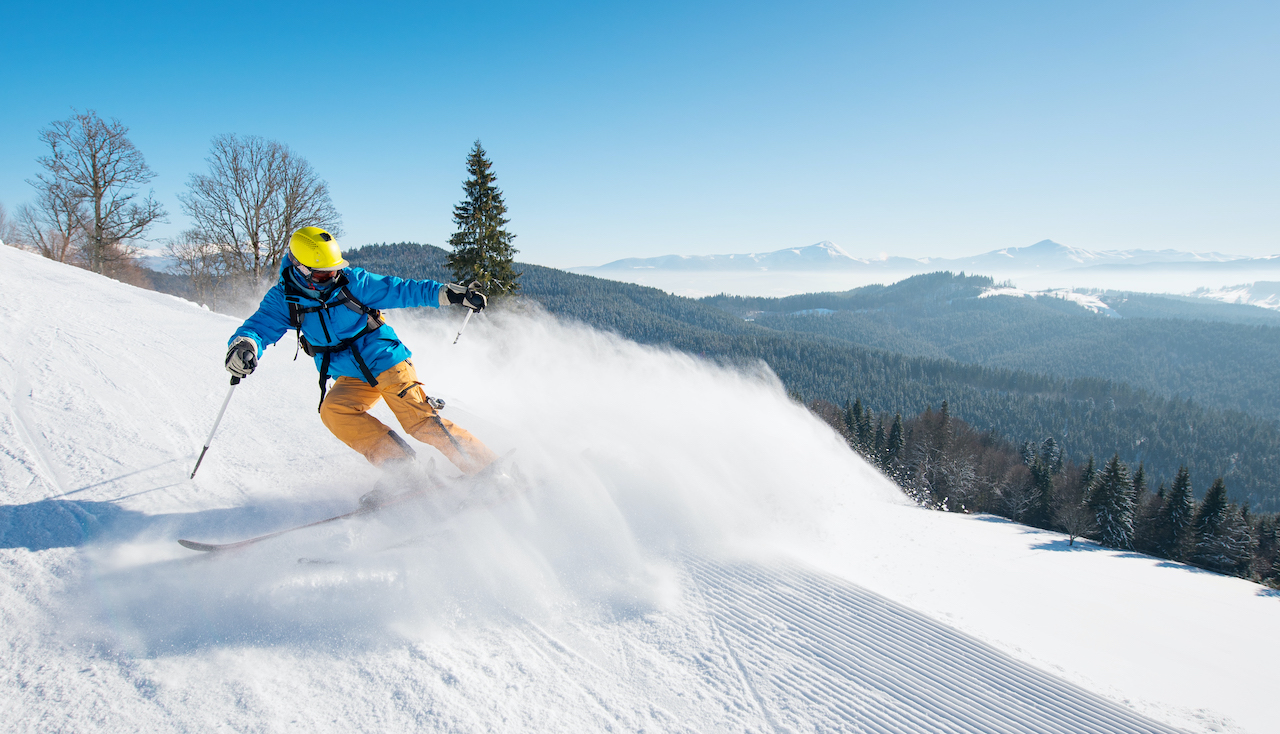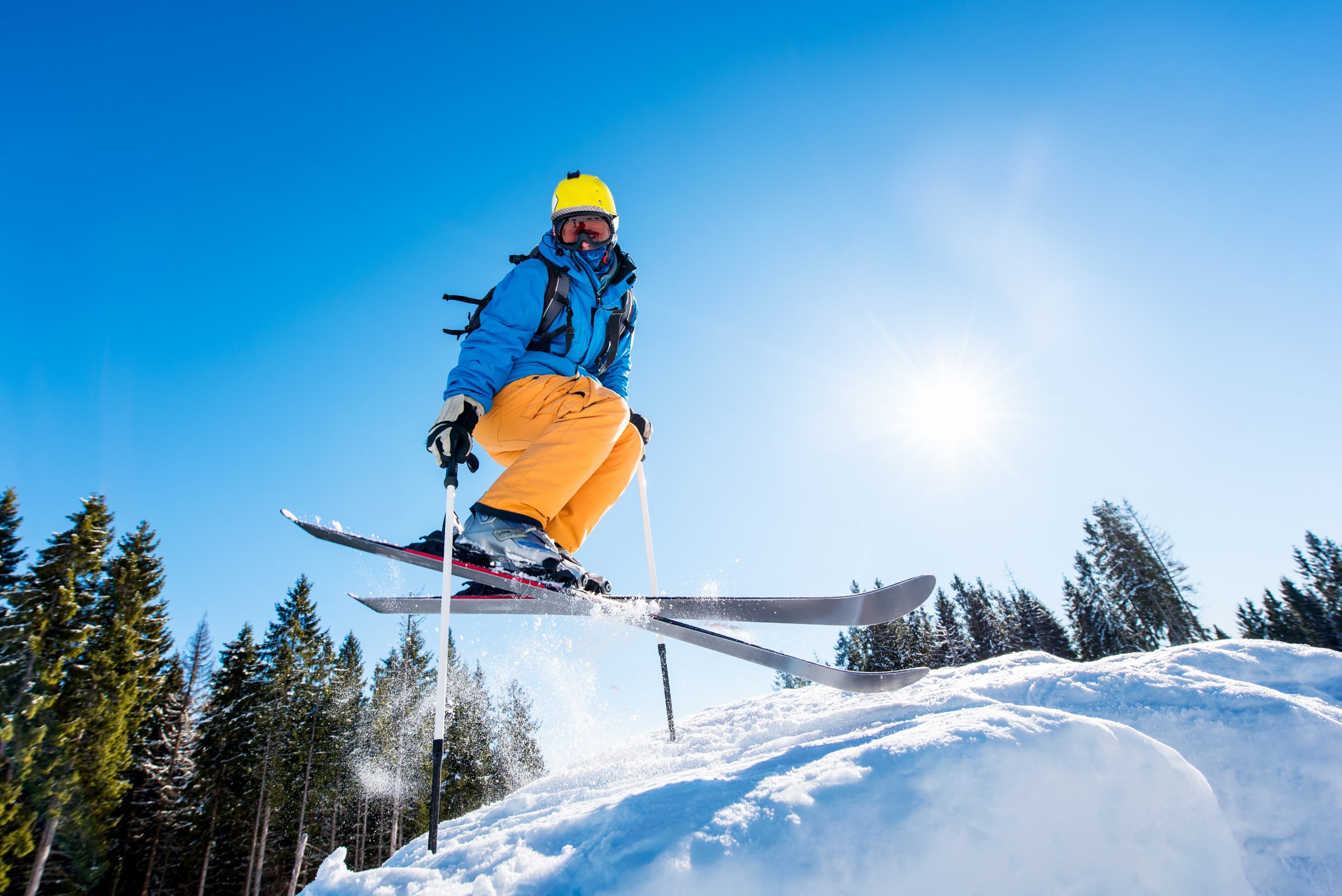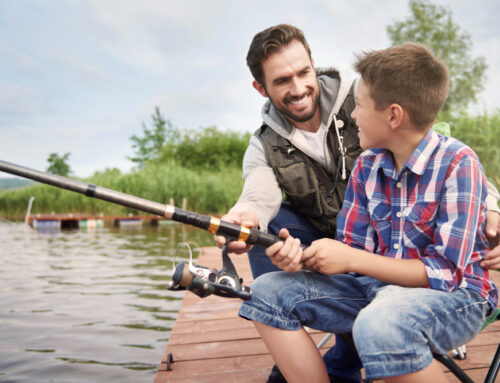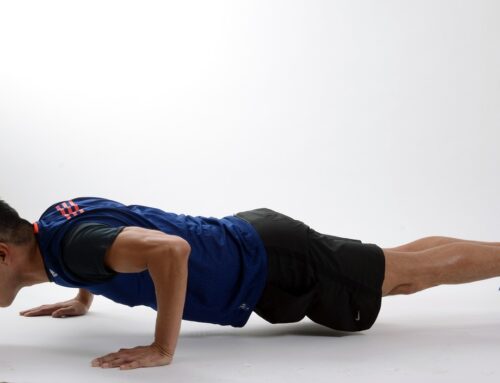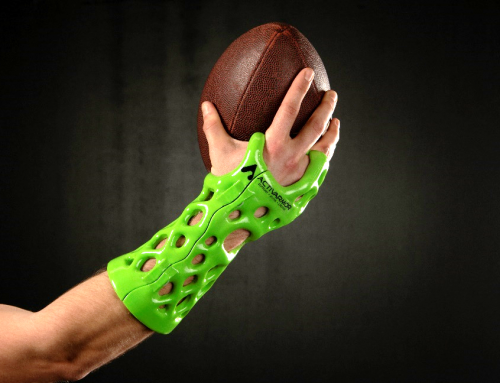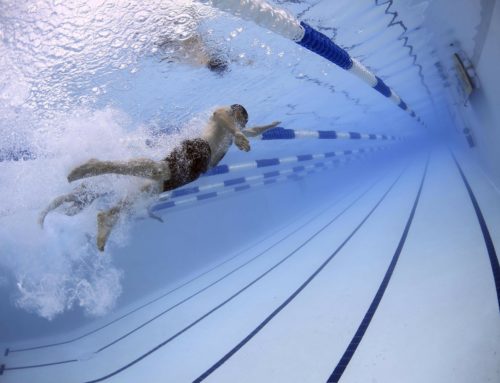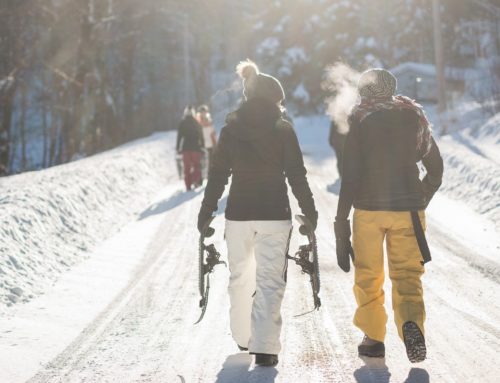Staying Safe on the Slopes
Living in the Pacific Northwest, many of us love being so close to multiple ski slopes. Skiing and snowboarding are the perfect winter activity for where we live! Whether you’re a skier or a snowboarder, there are certain precautions you can take to stay safe during your time on the mountain.
How to Prepare
A significant way to prepare for an outing on the ski trails is to prepare your body and muscles beforehand. Hitting the gym can help you build the proper muscle strength necessary for your chosen snow sport. Some gyms may have workout programs that can help you prepare specifically for a ski or snowboarding season. Hiking and brisk cardio workouts are always great to help prepare your body for the season. Working out before the season starts can reduce the risk of injury, speed up recovery, and limit fatigue from being on the mountain.
If you’ve never skied or snowboarded before, or even if it’s been a few seasons since you last were last out, a lesson might help you get the hang of things. Many ski resorts have lessons available for multiple proficiency levels at varying times of the day, and sometimes have group rates if you’re looking to get your entire group trained. Learning how to fall safely and get back up without falling again or injuring yourself is also important. In addition, knowing how to stop and safely maneuver around other individuals are key to your safety. These fundamental skills may need to be refreshed before you start up the mountain. An extra lesson is never a bad idea when it comes to being safe and prepared!
Having the right equipment is important. Most of us probably rent our gear when we get to the mountain. In that case, we need to ensure we are renting from rental facilities that check their gear often for damage and wear. Most rental shops check their equipment before renting it out, as well as after getting it back from the customer. If you have your own equipment, checking it for damage and wear becomes your responsibility. Along with checking their equipment often, avid skiers and snowboarders need to make sure their bindings are adjusted to fit their boots, weight, and ability level.
On the Mountain
While you’re on the mountain, there are multiple things you can do to keep yourself and your party safe from injury. One of the most important aspects of a ski trip is the buddy system. It’s vital that we have buddies with us when we ski because that means there’s always someone there to help should things go wrong. Making sure each buddy has a cell phone on them can also ensure you all have adequate communication with each other while on your adventure, especially in the event of an unplanned separation from your group.
Wearing a helmet is the number one method of protecting your head from injury. Just like you would wear a helmet riding a bike or skateboarding, helmets are vital on the ski slopes and while riding on a chair lift. Helmets do their job by absorbing shock, which means that even if you injure your head, the severity is exponentially less than it could have been had you not been wearing a helmet.
An element of snow sports that is essential to safety is staying on trails that match your experience level and ability. One of the best ways to ensure you are staying on tracks that are right for you is to start at the bottom. In the United States, trails marked with a green circle are typically for beginners. Moving up in difficulty, a course marked with a blue square is for intermediate skiers and snowboarders. Experts can have their fun on trails marked with a black diamond, and courses marked with a double black diamond are the most difficult of them all. If you find yourself in an area that is more difficult than your skillset, try to back out of the area and choose a different route. Remember to stay on the trails and do not divert to tracks that are not groomed. Areas that are not groomed are more prone to avalanches and unknown terrain.
While you’re on the mountain, it’s necessary to eat the right foods to nourish your body for a quick recovery. Fueling your body involves staying hydrated and avoiding alcohol, which can impair judgment and jeopardize your safety on the slopes. You’re burning a lot of calories on the slopes, therefore, you should be sure to eat plenty of food throughout the day and maintain your electrolytes both during and after your ski session. If you’re feeling frozen, make sure to take breaks to warm back up. Go into the lodge and warm up over a hot lunch or hot chocolate before going back out into the cold snow. Going inside allows your muscles the chance to warm back up so that you can continue using them. Cold muscles are at the most risk for injury. While you’re inside, make sure to stretch out and hydrate before you back out on the slopes.
After Your Trip
During a trip to the mountain, it’s easy to sweat a lot and lose plenty of electrolytes. To replace these electrolytes as soon as possible, you need to make sure to rehydrate yourself. Some prefer only drinking water to rehydrate, but some like to drink Gatorade, Liquid IV, or other similar hydration multipliers with electrolytes.
We work our muscles so hard and often forget to take care of them after a strenuous activity like skiing or snowboarding. Before sitting in a car to head home, or lounging on the couch the rest of the day, be sure to take care of your muscles. Make sure to stretch everything out, or use a foam roller on areas that may be sore later. Yoga or a massage can also help your muscles recover. If you have a hot tub, that’s a great option to keep your muscles loose and warm up after a long day in the snow.
Even preparing properly can’t prevent all injuries from happening. If you do manage to sustain an injury while skiing or snowboarding, give us a call & we will have you back out on the slopes soon. (360) 736- 2889.

